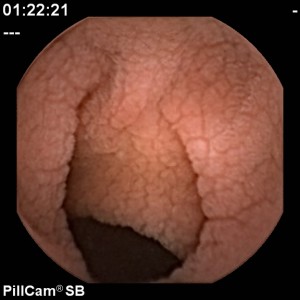Early Diagnosis & Screening
Diagnosis, Treatment and the Start of a Better Life

The diagnosis of celiac disease depends on the finding of characteristic small intestinal pathological abnormalities together with clinical or histologic improvement on a gluten-free diet. People come to biopsy because of either clinical suspicion of the disease, positive serologic tests or because the patient is undergoing an endoscopy.
In all cases of celiac disease delayed diagnosis increases the risk of worsening symptoms and disorders, and the appearance of new ones. With timely diagnosis and treatment, however, many conditions can be definitively stopped -and even reversed!
Celiac disease has recently become much easier to diagnose with accuracy. Researchers have discovered that individuals with the disease have higher than normal blood levels of certain antibodies. Based on this discovery, highly specific and accurate diagnostic assays have been developed and are continuing to be developed. If a patient’s blood assay reveals elevated antibody levels, the next step is an endoscopic biopsy. In this painless procedure, the patient is sedated. The physician then eases a long, thin tube called an endoscope through the mouth and stomach into the small intestine, taking tiny samples of its lining wall with instruments passed through the endoscope. Damaged or destroyed villi are a definitive sign of celiac disease. With the knowledge that celiac disease is present, treatment and a new and better life can begin.
Who Should be Screened for Celiac Disease?
Anyone who suffers from an unexplained, stubborn illness for several months, should consider celiac disease a possible cause and be properly screened for it. Screening is also important for anyone with a first-degree, celiac relative – parent, child or sibling. Although first-degree relatives of celiac patients are rarely screened, these individuals have a 1 in 10 risk of developing celiac disease, versus a risk of 1 in 100 for the general population.